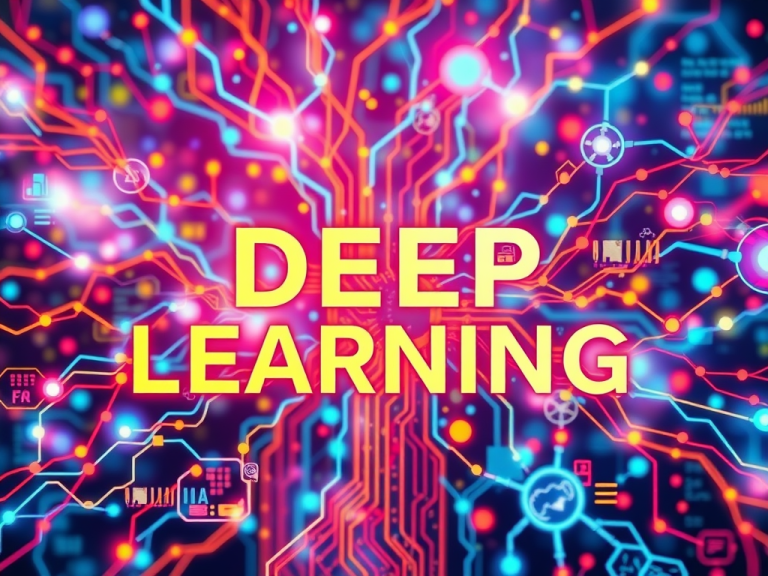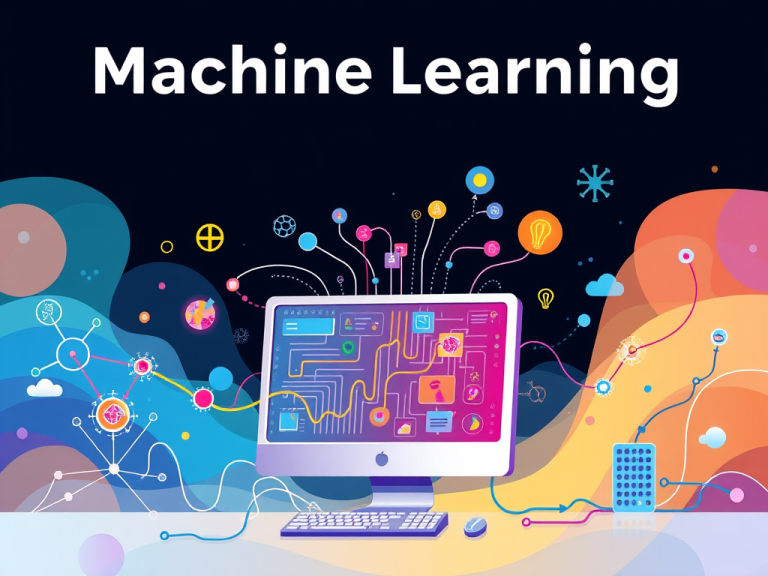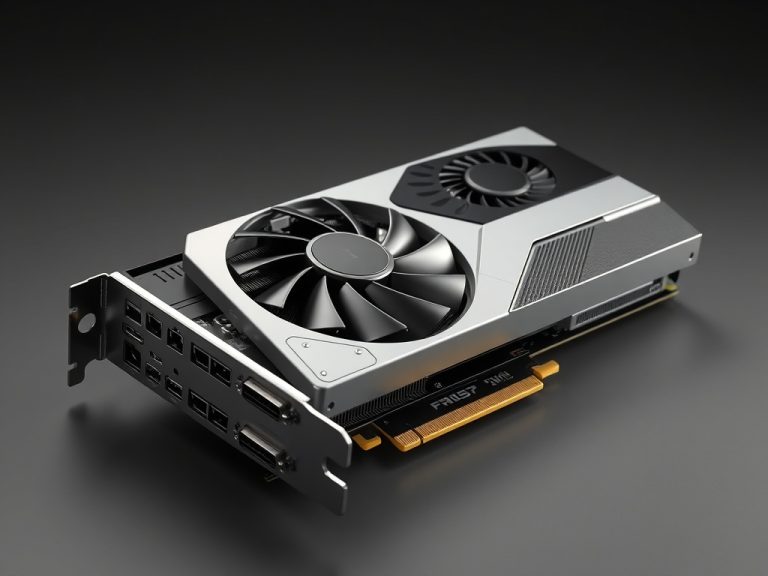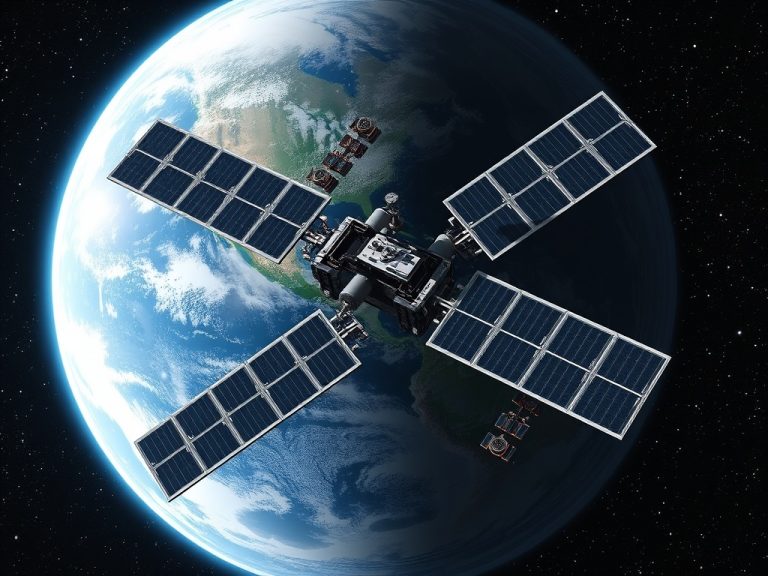
The landscape of technology is shifting rapidly, with decentralized hardware emerging as a pivotal player in reshaping industries. This article explores the future of decentralized hardware technologies, highlighting key trends and innovations that are defining the market, their implications, and potential challenges.
Understanding Decentralized Hardware
Decentralized hardware refers to computing and networking devices that operate without a central authority, allowing for more distributed control and enhanced security. This approach contrasts with traditional models, where data and processing power are concentrated in a few centralized servers. By decentralizing hardware, organizations can improve resilience, reduce single points of failure, and foster innovation through community-driven initiatives.
The Importance of Decentralization
Decentralization is crucial in an era where data privacy and security are paramount concerns. With data breaches and cyberattacks on the rise, decentralized hardware can offer enhanced security by distributing data across multiple nodes, making it harder for malicious actors to compromise the entire system. Additionally, decentralization empowers users, giving them more control over their data and how it is used.
Key Trends in Decentralized Hardware
1. Blockchain Integration
Blockchain technology is at the forefront of decentralized hardware innovations. By leveraging blockchain, devices can securely transact and share data without intermediaries. This integration enhances trust and transparency, crucial for applications in finance, supply chain, and healthcare. For instance, in supply chain management, blockchain can provide real-time tracking of goods, ensuring authenticity and reducing fraud.
2. Edge Computing
As the Internet of Things (IoT) continues to expand, edge computing is gaining traction. Decentralized hardware enables processing data closer to the source, reducing latency and bandwidth usage. This trend is essential for real-time applications such as autonomous vehicles, smart cities, and remote monitoring systems. By processing data at the edge, organizations can respond to events in real time, improving efficiency and user experience.
3. Distributed Ledger Technology (DLT)
Beyond blockchain, Distributed Ledger Technology (DLT) offers various frameworks for decentralized applications. Innovations in DLT are paving the way for more efficient data sharing and collaboration across industries, particularly in logistics and energy. For example, DLT can facilitate peer-to-peer energy trading, allowing consumers to buy and sell excess energy generated from renewable sources.
4. Decentralized Autonomous Organizations (DAOs)
DAOs are reshaping governance in decentralized networks. By enabling collective decision-making through smart contracts, DAOs offer a new way to manage hardware resources, from shared computing power to collaborative hardware development. This model promotes transparency and accountability, allowing stakeholders to participate in decision-making processes without the need for centralized control.
5. Enhanced Security Protocols
With the rise of cyber threats, decentralized hardware technologies are implementing advanced security measures. Innovations like secure enclaves, hardware-based authentication, and end-to-end encryption are becoming standard, ensuring that devices remain resilient against attacks. These security measures are critical in industries like finance and healthcare, where data integrity is paramount.
Innovations Shaping the Market
1. Modular Hardware Designs
Modular hardware allows for flexibility and customization. Companies are developing hardware components that can be easily interchanged or upgraded, promoting sustainability and reducing electronic waste. This modular approach not only extends the lifespan of devices but also reduces the environmental impact associated with manufacturing new hardware.
2. Peer-to-Peer Networks
Peer-to-peer (P2P) networks are essential for decentralized hardware, enabling direct communication between devices. Innovations in P2P protocols are improving connectivity and collaboration, particularly in remote areas or during emergencies. P2P networks can facilitate resource sharing, allowing users to contribute their computing power or storage to the network.
3. Energy Harvesting Technologies
As the demand for sustainable solutions grows, energy harvesting technologies are emerging in decentralized hardware. These innovations allow devices to generate energy from their environment, reducing reliance on traditional power sources. For example, solar-powered sensors can operate indefinitely without the need for battery replacements, making them ideal for remote monitoring applications.
4. AI and Machine Learning
Integrating AI with decentralized hardware enhances automation and decision-making. Edge AI can analyze data locally, providing insights without needing centralized processing, further supporting real-time applications. This integration allows devices to learn from their environment and adapt to changing conditions, improving overall efficiency.
5. 3D Printing and Distributed Manufacturing
3D printing technologies are enabling localized production of hardware components. This decentralized manufacturing approach reduces costs and lead times while empowering communities to create customized solutions. By enabling on-demand production, 3D printing can also help reduce inventory costs and waste.
Challenges and Considerations
While the future of decentralized hardware technologies is promising, several challenges need to be addressed:
1. Interoperability
As various decentralized systems emerge, ensuring interoperability between different devices and platforms is crucial. Without standardization, fragmented ecosystems could hinder widespread adoption and limit the potential benefits of decentralized hardware.
2. Scalability
Scaling decentralized networks can be challenging, especially as the number of devices grows. Solutions that work for a small network may not perform well under larger loads, necessitating ongoing research and development to ensure scalability.
3. Regulatory Issues
Decentralized technologies often operate in a legal gray area. As governments and regulatory bodies catch up with technological advancements, navigating compliance with existing laws and regulations will be essential for businesses deploying decentralized hardware solutions.
4. User Education
For decentralized technologies to thrive, users must understand how to operate and interact with these systems. Education and training will be necessary to empower users and encourage adoption.
Conclusion
The future of decentralized hardware technologies is bright, with emerging trends and innovations poised to reshape various industries. As these technologies continue to evolve, they promise to enhance security, efficiency, and sustainability, driving a new era of decentralized solutions. By embracing these advancements, businesses and communities can harness the full potential of decentralized hardware, paving the way for a more connected, resilient, and equitable future.
The journey is just beginning, and as stakeholders collaborate to address challenges and leverage opportunities, the impact of decentralized hardware will only grow, making it a cornerstone of tomorrow’s technological landscape.






